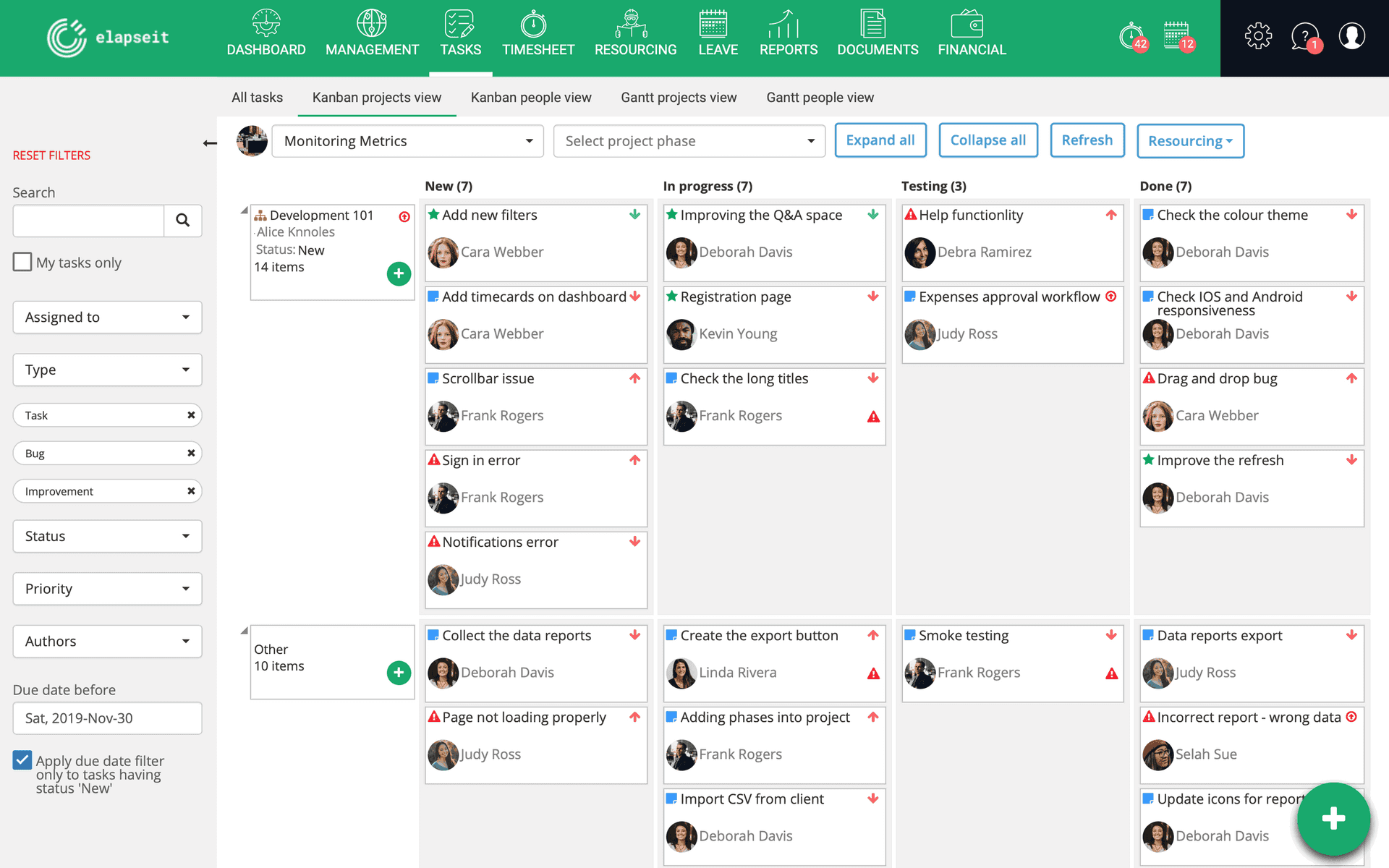
The Evolution of Kanban Boards and Why You Need to Go Digital
A Quick Peak into the History of Kanban
Everybody knows it all started in 1940 when Taiichi Ohno, an Industrial Engineer from Toyota, created a planning system meant to optimize the production. But it’s less known that the “Kanban” term, which literally means “signboard”, was spread in 1600s, during the Edo period, a time of stability and economic growth for Japan.
Back then the streets of Japan became more and more crowded with shops and small businesses and hence the need of the owners to draw passersby attention through signs showing what kind of services are rendered by each shop. Even if the artificially crafted board are less and less seen nowadays on modern cities streets, the Kanban shops signaling can easily be spotted through neon modern designs.
When Taiichi Ohno introduced the Kanban methodology in Toyota, he was actually inspired by how Piggly Wiggly supermarkets in the USA were able to keep their shelves stocked with just the right amount of each product, so they avoided losses. With the same purpose, he implemented a paper cards system to signal and track the demands in the factory and named it Kanban. Due to its local success, the system was adopted in all Toyota factories and pushed the company from the downward curve where it was due to big losses to being one of today’s global competitors.
Kanban From Manufacture to Software Project Management
Although the Kanban concept has its roots in the manufacturing industry, due to its high success rate, specialists from other industries started to study it and tried to apply the principle in other areas. A major breakthrough came from the software industry in the 2000s. David J. Anderson was one of the first to apply Kanban in the IT industry and Microsoft was the first company that tried to introduce Kanban principles into software development methodology.
As Anderson mentions, “Kanban is not a software development lifecycle methodology or an approach to project management”, it doesn’t say anything about how to develop a software or how to plan a project. Instead, the Kanban principles are applied with the purpose of continuously improving the processes that are already in place
But he beauty of Kanban lays in it’s wide-spread applicability. Regardless of the project management methodology you’re using, may that be the innovative Agile with Scrum or XP techniques, or something more traditional, like Waterfall, the implementation of Kanban principles will definitely bring value to your processes.
And, as a fun fact, Kanban can be applied in your personal life too, or at list this is what Jim Benson says in his book, “Personal Kanban” 😊.
The Benefits of Using A Digital Kanban Board

Since our brains can process image 60.000 times faster than text (source here), it’s quite clear what’s the biggest benefit Kanban brings: visualization. It’s really great to be able to visually track the entire life cycle of a project and to follow through tasks from beginning to end. And with the technological advance, the Kanban boards were upgraded and brought into the digital world, leaving far behind the sticky notes and the whiteboards with their simple to do, doing and done columns.
Although the physical boards played an important role in improving work processes and increasing efficiency, the benefits of using a digital Kanban board are indisputably higher. Let’s name here a few:
- Accessibility – changes made in an online Kanban board are live to everyone everywhere; this means that project team members who work in different locations or remotely can see instantly the updates on their projects.
- Accuracy – when data is processed automatically, the probability of errors is close to 0.
- Real time updates – any change made, with its following consequences, is processed automatically by the software and seen instantly by anyone.
- Time saving – having real time updates and remote accessibility, reduces the need for project meetings.
- Increased security – no “card” can get lost from a digital board and all changes can be tracked; furthermore, in case of sensitive or confidential information, role-based access levels can be defined, with specific rights and restrictions rules.
- Complex analytics – allows automatic calculation of important metrics and generate complex business reports.
- Business rules automation – allows you to elaborate work protocols and operational standards like tasks dependencies, reminders, mandatory notes and so on.
So, are still buried under that pile of sticky notes? If so, go >here and check how elapseit can take that pile away 😊.